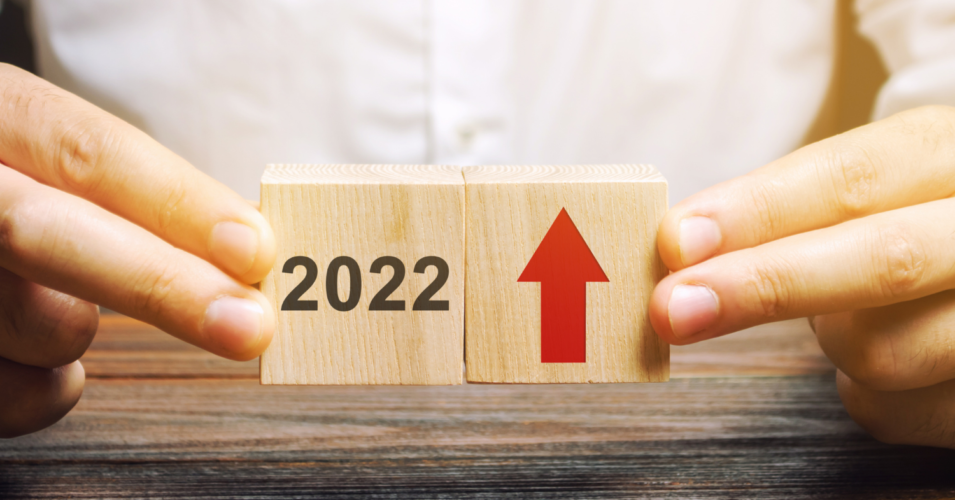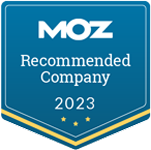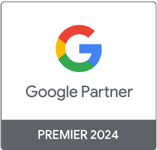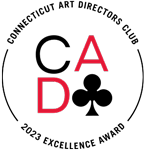We know what you’re thinking… new year, new trends, right? But when it comes to marketing, this reigns true in more ways than one. As we embark on this new year, we also want to look back at what 2021 taught us and what kind of information we can use from the past to propel us toward success in the coming months. As we explore digital marketing trends in 2022, our team here at Zero Gravity Marketing has pulled some recommendations, tips, and trends you should be aware of. Ready to head into the new year full steam ahead and on top of your marketing game? Let’s get started!
Table of Contents:
- Pandemic Highlights
- The Rise of Influencer Marketing
- The Metaverse
- Privacy Rights
- Social Media & Brand Performance
- Conclusion
1. Pandemic Highlights
It goes without saying that the pandemic changed the way nearly every company in the world operates. That, of course, includes employers shifting from in-person to remote workforces, but it also changed the way companies market to their potential consumers.
According to Wyzowl, 79% of consumers indicate they’ve bought or downloaded software or an app after watching a video. The same company found that 91% of marketers indicate that video is more important for brands than ever before as a result of the pandemic. That tracks with the fact that YouTube is now the second most visited website across the globe, with a whopping 34.6 billion monthly users. And then there’s this: In 2021, video became the primary form of marketing media according to HubSpot.
Before we look at new digital marketing trends for 2022, we need to acknowledge that video isn’t going anywhere. In fact, its need is only likely to be heightened, as consumers have now gotten used to this type of content and expect it from the brands they admire.
The pandemic also highlighted the fact that marketers need to capture hearts and minds – not just wallets. Over the last couple of years, people have rethought their places on this planet, including the jobs they work, how they spend their time, and where they’re spending their money. In 2022, brands will need to spend more time focusing on ways to drive loyalty and connect with their customers on a personal level. This is one of digital marketing’s latest trends that has emerged in recent times, making it vital for businesses to invest time engaging with their consumers so they can understand their values and integrate those beliefs into their brand identities.
2. The Rise of Influencer Marketing
Influencer marketing was one of the most noteworthy marketing trends of 2021, but it’s excelled greatly over the past few months. What once started as a way for brands to communicate to their customers in B2C marketing has now made its way into B2B marketing, as well.
Influencer campaigns provide inherent context and relevance because a known persona is endorsing the product. In the B2B world, huge names like Adobe, SAP, GE, and PWC have all gotten on board with this influencer train.
If your brand needs help harnessing the power of influencer marketing trends, reach out to our digital marketing agency in CT. We’ll help you put the power of influencer social media marketing to work!
3. The Metaverse
In terms of digital marketing’s latest trends, we’d be remiss if we didn’t point out Facebook’s official name change to Meta. Metaverse, the term Facebook uses for virtual and augmented experiences, is likely to be a huge player for companies that are trying to figure out how to market to millennials. When it comes to Metaverse marketing, marketers need to begin to look for opportunities for their business within these spaces.
There are many ways that your digital marketing strategy can leverage the Metaverse. For starters, it offers the opportunity for customers to experience an augmented reality to connect or buy from your brand. This is a fun way for your customers to connect with your brand outside of the physical world.
4. Privacy Rights
Digital privacy has become a big part of how the internet has changed marketing. Hootsuite indicates that nearly 43% of online users across the globe use ad blockers, and half of all Americans indicate they’ve opted out of purchasing a product solely because they have concerns surrounding privacy issues, according to Pew Research.
As you explore digital marketing tips in 2022, remember that it’s important to learn how to maintain marketing privacy online, but even with the “cookie apocalypse” in full force, digital ads aren’t going anywhere anytime soon. That’s largely in part because Google depends mostly on ad revenue to fulfill its search duties. The company is currently working on a new browser-based tracking standard called Federated Learning of Cohors (FLoC). However, until that tracking element is put into place, it’s business as usual for digital marketers.
On another note, big publishers are moving away from third-party advertising options in favor of their own data collection and ad selling platforms.
5. Social Media & Brand Performance
Word of mouth is still a trend, and it’s only being bolstered by the existence of social media. As you look toward performance trends in 2022 and try to learn about marketing to new generations, you need to understand how social media impacts your brand’s performance. Empower your customers to use their voices by employing user-generated content about your brands and your products. For example, bolster your brand with customer reviews, unboxings, or fan pictures that are posted on Instagram.
Your Digital Marketing Partner
Learn how to market in the Metaverse, get to know more about pandemic marketing trends, and discuss your future digital marketing success with Zero Gravity Marketing today! We can’t wait to talk to you!








